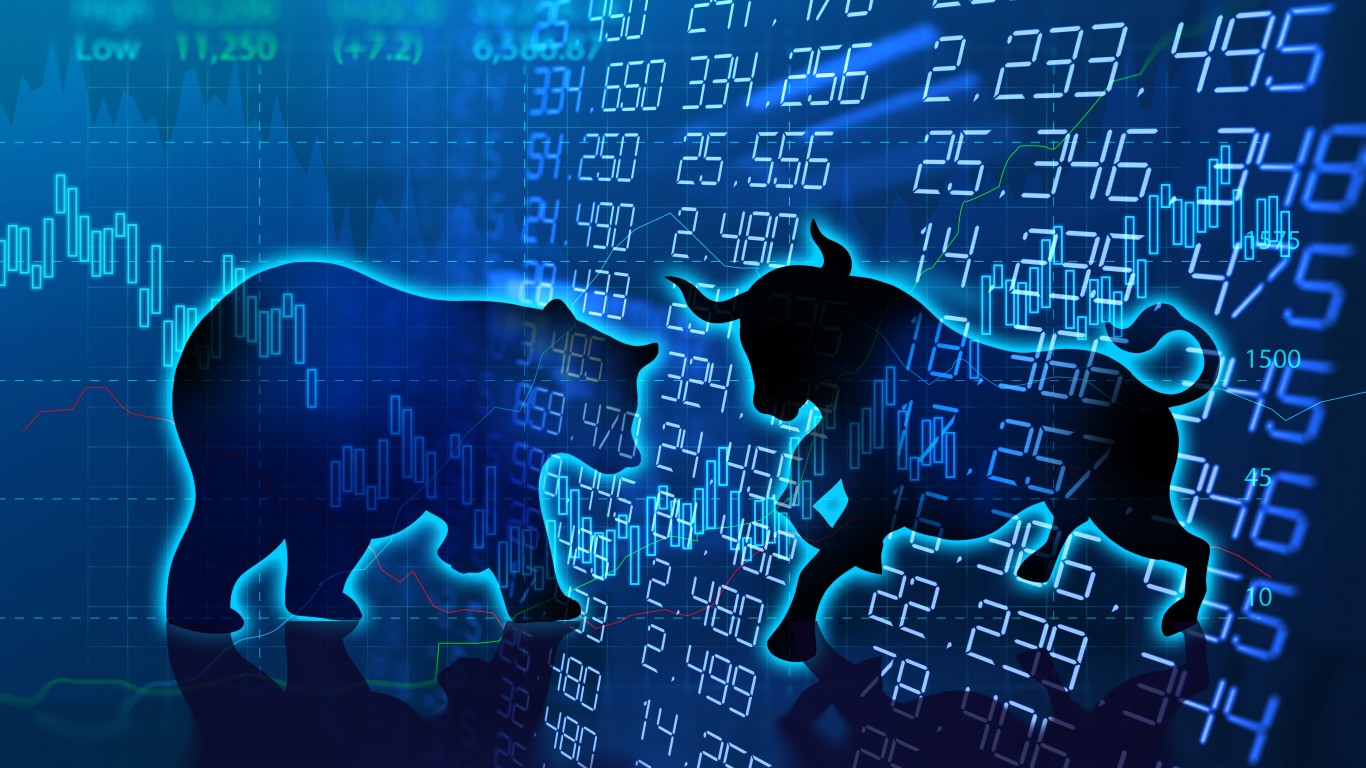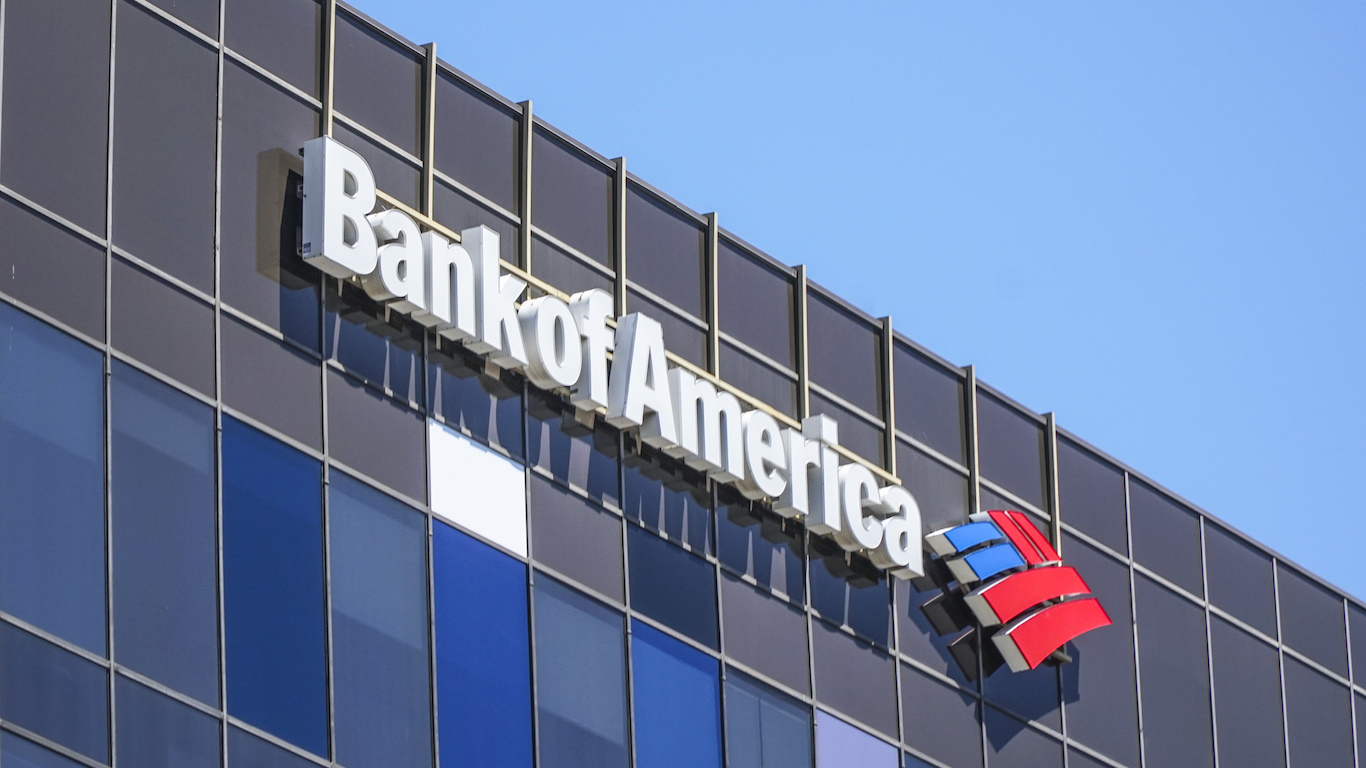
As we approach the end of a tumultuous 2022, retail investors are wondering what’s around the corner for next year and whether they should adjust their portfolios for the new year.
There are mixed signals in the market right now. Optimists see the bottom as already in and expect an imminent pivot from the Federal Reserve that will slow interest rate hikes and trigger a new bull run. Others think this bear market is just getting started and expect a recession to soon wreck corporate profits and tank the markets in the first half of 2023.
Success in investing often boils down to setting expectations and judging the probability and time scope for change. Investors need to get their bearings before the new year begins to get a feel for where things are going.
This article will review several predictions from prominent analysts and investment banks on where the S&P 500 will be at the end of next year, ranging from the most bearish to the most bullish forecasts.
Besides being a popular stock market index, many investors consider the S&P 500 to be an excellent benchmark for the stock market’s overall performance. This is because it reflects the movements of 500 of the largest public companies in the US. It covers a more diverse range of industries than the Dow Jones Industrial Average (DJIA), which only contains 30 companies.
This means that the S&P 500 provides a broad picture of how the overall stock market is performing. In addition, the S&P 500 is a market-capitalization-weighted index, which means the biggest companies by market value have a correspondingly large impact on the index’s performance. This means that the S&P 500 tracks the performance of the companies that are most important to the market.
The Bear Bites
Some banks, like Barclays, don’t see a soft landing in sight. Instead, expect a lot more pain in 2023.
The London-based bank predicts the index will fall to end at 3,675 by the end of next year. Considering the S&P 500 is currently around 4000 points since the start of December, that is a loss of around 8%.
“We acknowledge some upside risks to our scenario analysis given post-peak inflation, strong consumer balance sheets and a resilient labor market,” the bank said in November. “However, current multiples are baking in a sharp moderation in inflation and eventually a soft landing, which we believe is a less likely event.”
Another bearish forecast comes from Jeff Bierman, former chief market technician at TD Ameritrade, who believes the S&P 500 has roughly 20% more to fall.
“People need to temper their expectations. They’re way too bullish here,” he said.
Bierman believes the over-optimism is due to the market misreading the Fed’s slowing interest rate hikes as a pivot. He also sees a lot more economic pain ahead, pointing to the inverted yield curve as a key indicator the US recession is here.
Bierman predicts the index to bottom out in the third quarter of next year at 3,200 points.
Back Where We Started
Some analysts, like Morgan Stanley’s chief equities strategist Mike Wilson, don’t see the index ending up much higher or lower than where it currently is.
Wilson forecasts the S&P 500 closing out 2023 at 3,900 – the same year-end price target he gave for 2022 last year. Yet Wilson does not see the market simply crab-walking sideways through the year.
“It’s going to be a wild ride,” he told CNBC in late November, predicting a big dip early on.
“You should expect an S&P between 3,000 and 3,300 sometime in probably the first four months of the year,” he said, adding that lackluster corporate earnings reports will hit stock values across a range of sectors beyond tech.
Some financial advisors, such as Michael Raimondi, MFA, CFP, and Director of Operations at Clarus Group, see things similarly.
“If the fed starts to reduce rate hikes due to cooling inflationary data, a recovery any sooner than Q3 or Q4 of 2023 is unlikely as we seem to have more recessionary pain ahead,” Raimondo said.
“I hope we will be on the road to recovery by the end of 2023 and see the S&P break 4,000 pts, but that is my cautious optimism speaking, and I don’t think we will get there before revisiting some numbers we haven’t seen since 2020,” he added. “This could be a slow, choppy recovery,” he said.
Wild Bull Ride
Deutsche Bank is one of the more bullish of the big investment banks. Like Wilson, it also sees a volatile year, predicting wild thousand-point swings. However, it sees 2023 ending on the upside.
Deutsche Bank predicts the index will soar, crash and then soar again to reach 4,500 by year-end, a 12.5% increase.
“Equity markets are projected to move higher in the near term, plunge as the US recession hits, and then recover fairly quickly,” read the Bank’s statement last month. “We see the S&P 500 at 4500 in the first half, down more than 25% in Q3, and back to 4500 by year-end 2023.”
Another bullish prediction comes from Jim Paulsen, Chief Investment Strategist at the Leuthold Group. Paulsen sees the market soaring by at least 25% next year and expects the S&P 500 will hit 5,000 by the end of 2023.
Paulsen told Bloomberg this month there is too much pessimism, and investors need to prepare for the possibility of a surprise turnaround.
“Investors are focusing too much on the Federal Reserve and the implication of its interest-rate hikes,” Paulsen said, adding that other factors besides monetary policy are driving the market.
“The lows are in, and I think we are starting a new bull market,” he added.
The market is hard to predict at the best of times, let alone during a time of high inflation, inverted yield curves, and Fed interventions. Not to mention the myriad disruptions happening abroad, from Covid to wars and much more. The great variation between expert forecasts reveals just how hard it is to see around the corner in the current economic climate. Regardless of where the market ends up in twelve months’ time, 2023 is likely to be an eventful year for investors.
This article was produced and syndicated by Wealth of Geeks.
Are You Still Paying With a Debit Card?
The average American spends $17,274 on debit cards a year, and it’s a HUGE mistake. First, debit cards don’t have the same fraud protections as credit cards. Once your money is gone, it’s gone. But more importantly you can actually get something back from this spending every time you swipe.
Issuers are handing out wild bonuses right now. With some you can earn up to 5% back on every purchase. That’s like getting a 5% discount on everything you buy!
Our top pick is kind of hard to imagine. Not only does it pay up to 5% back, it also includes a $200 cash back reward in the first six months, a 0% intro APR, and…. $0 annual fee. It’s quite literally free money for any one that uses a card regularly. Click here to learn more!
Flywheel Publishing has partnered with CardRatings to provide coverage of credit card products. Flywheel Publishing and CardRatings may receive a commission from card issuers.
Thank you for reading! Have some feedback for us?
Contact the 24/7 Wall St. editorial team.





